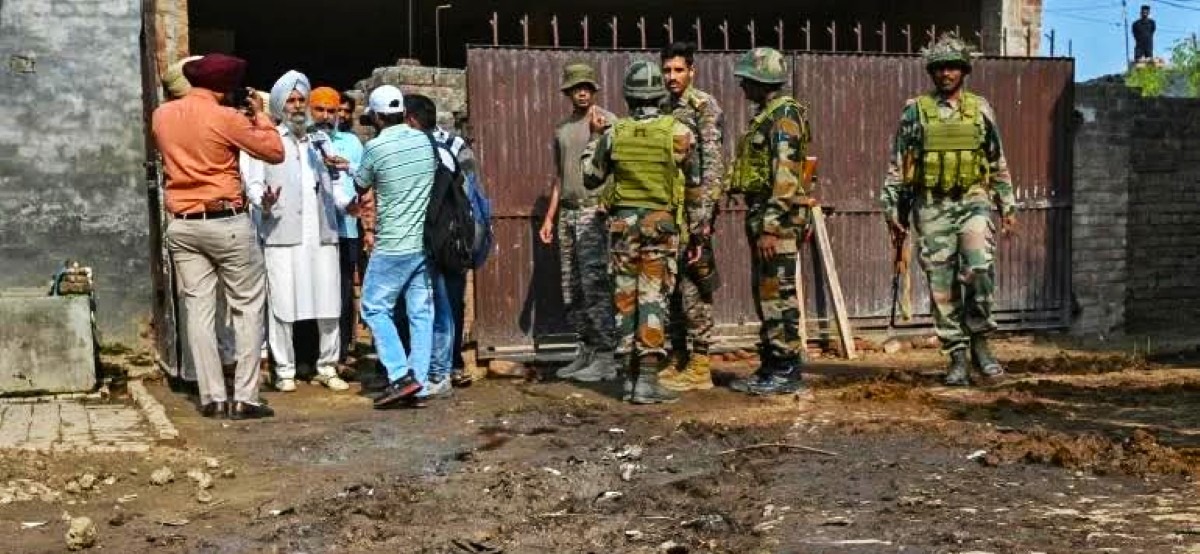East African countries relieved as India and Pakistan announce Ceasefire, while Donald Trump claims credit
Many African countries, Kenya and Tanzania included, have sighed in relief after India and Pakistan agreed to a ‘full and immediate ceasefire.’
India is the leading trade partner with East African states and the country’s war against Pakistan was taking a massive toll on the economies of Tanzania and Kenya.
Now the nuclear-armed rivals with a history of volatile relations, have agreed to a ‘full and immediate ceasefire,’ following days of escalating military clashes.
The President of the United States Donald Trump announced that the agreement, effective, was brokered through the U.S mediated talks and aims to restore calm along the Line of Control in the disputed Kashmir region and other border areas.
The new development marks a critical step toward de-escalation, though both nations remain cautious amid deep-seated mistrust.
The ceasefire follows four days of intense hostilities, triggered by a deadly terrorist attack on April 22, 2025, in India-administered Kashmir, which killed 26 people and was blamed on Pakistan-based militants.
India responded with airstrikes on Pakistani military targets, while Pakistan retaliated with missile strikes and drone attacks, raising fears of a broader conflict between the two nations, both equipped with nuclear arsenals.
The clashes, described as the most severe in nearly three decades, prompted global concern, with the United Nations and G7 urging dialogue.
The ceasefire covers land, air, and sea operations, with military officials from both sides scheduled to hold further talks on May 12 to ensure compliance.
India’s Foreign Secretary Vikram Misri confirmed the agreement, emphasizing direct communication between the two militaries, while Pakistan’s Foreign Minister Ishaq Dar hailed the truce as a step toward regional stability.
President Trump announced the ceasefire on his Truth Social platform stating, “After a long night of talks mediated by the United States, I am pleased to announce that India and Pakistan have agreed to a full and immediate ceasefire.”
U.S. Secretary of State Marco Rubio and Vice President JD Vance played key roles, engaging with Indian Prime Minister Narendra Modi, Pakistani Prime Minister Shehbaz Sharif, External Affairs Minister S. Jaishankar, and Pakistan’s Army Chief General Asim Munir for over 48 hours.
While the U.S. has claimed credit for the mediation, Indian officials have downplayed its role, asserting that the agreement was primarily reached through direct military channels.
Analysts suggest India, wary of internationalizing the Kashmir issue, prefers to frame the ceasefire as a bilateral achievement.
Pakistan, more open to external mediation, welcomed U.S. involvement, reportedly influenced by economic pressures, including a USD 1 billion International Monetary Fund loan tranche linked to de-escalation.
But the ceasefire agreement leaves several contentious issues unresolved. Notably, India’s suspension of the 1960 Indus Waters Treaty remains in effect, with New Delhi planning water projects on three northern rivers, a move Pakistan opposes.
Additionally, the U.S. has reportedly acknowledged India’s revised war doctrine, which treats any future terrorist attack as an act of war, signalling a harder line against Pakistan-based militancy.
These conditions, circulated on social media, reflect India’s strategic gains in the negotiations, though Pakistan’s Foreign Ministry has not publicly confirmed them.
For now, the U.S.-mediated agreement has pulled South Asia back from the brink, with Trump positioning himself as a global peacemaker.

